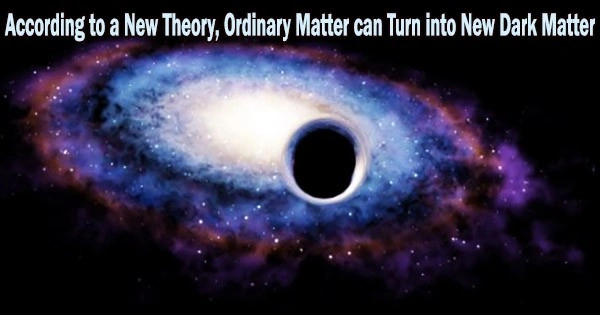A modification to the dark matter theory is being proposed by an international group of physicists. The team makes the argument that dark matter evolved from ordinary matter and can produce further dark matter from ordinary matter in their research that was published in the journal Physical Review Letters.
The existence of a substance known as dark matter has been hypothesized by physicists to explain some behaviors seen by researchers. One such characteristic is the way light bends as it travels from distant locations to telescopes here on Earth.
However, key details of the idea still need to be worked out, such as how much dark matter is thought to now exist and how did it get there. The group working on this new project has developed a theory to respond to that query.
The theorists begin by referencing earlier work that indicates that some dark matter was produced during the “thermal bath,” where primordial plasma consisting of ordinary matter gave rise to dark matter particles, but not in the quantities currently thought to exist. According to their hypothesis, dark matter particles started producing new dark matter particles from ordinary particles at some point.
And the new dark matter particles might turn ordinary particles into new dark matter particles.
The researchers point out that in such a case, it would appear that eventually just dark matter particles would remain in the cosmos. They assert that the universe’s rapid expansion is the reason this hasn’t happened.
Everything was close together in the beginning, making it simple for dark matter to interact with and transform ordinary matter. But as the expansion continued, objects grew farther and farther away, which decreased the frequency of encounters between dark matter and regular matter.
The amount of dark matter that is thought to exist now resulted from a slowdown in the conversion of ordinary matter to dark matter caused by this expansion.
The team claims that their hypotheses can be evaluated and that their model demonstrates how a hypothesis like this might explain the masses of dark matter that are currently thought to exist. They claim that if their theories are accurate, a detectable imprint should have been left in the cosmic background radiation; the only thing left to do is to identify it.
















